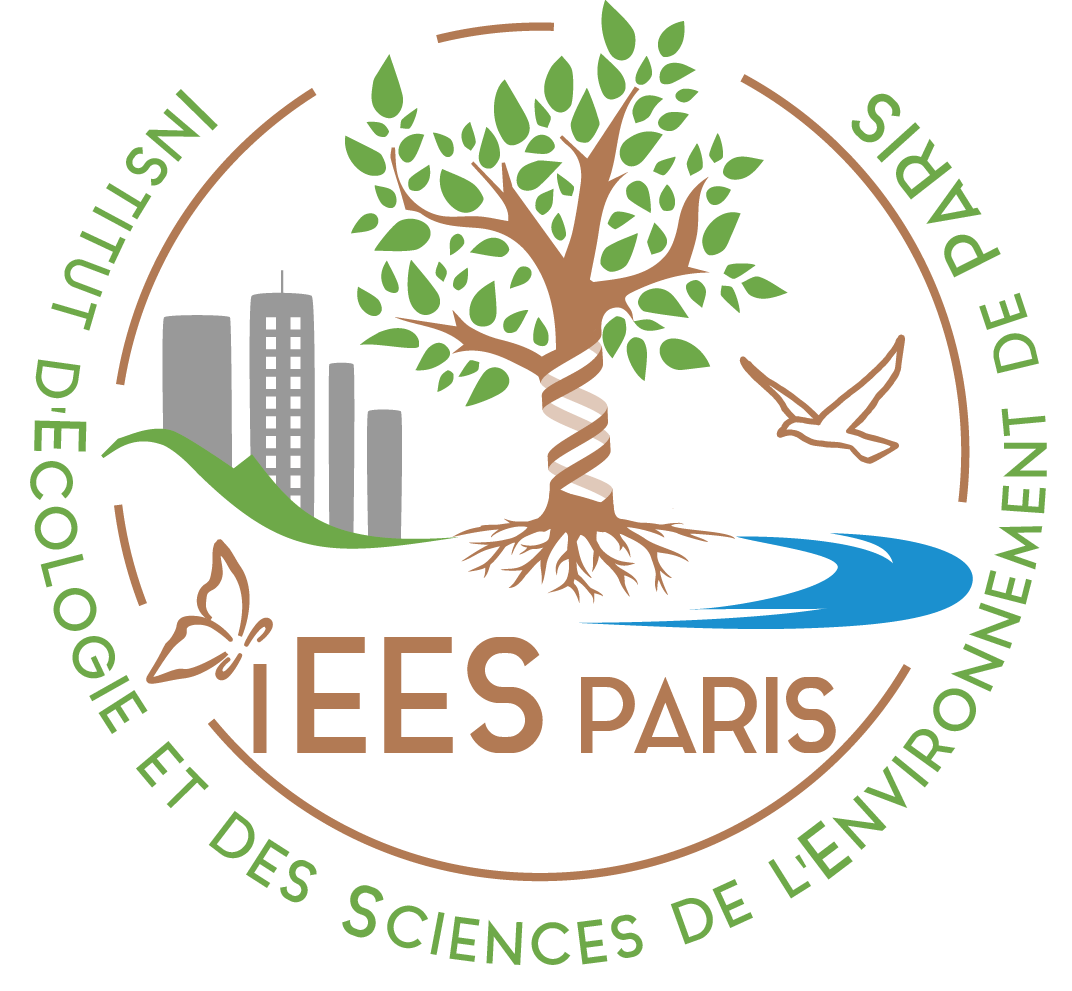Groundwater resource vulnerability and spatial variability of nitrate contamination
Insights from high density tubewell monitoring in a hard rock aquifer: agriculture has been increasingly relying on groundwater irrigation for the last decades, leading to severe groundwater depletion and/or nitrate contamination. Understanding the links between nitrate concentration and groundwater resource is a prerequisite for assessing the sustainability of irrigated systems. The Berambadi catchment (M-TROPICS/BVET/Kabini CZO) in Southern India is a typical example of intensive irrigated agriculture and then an ideal site to study the relative influences of land use, management practices and aquifer properties on NO3 spatial distribution in groundwater.
The paper, published in February 2017 in Science of the Total Environment, can be found here.
















